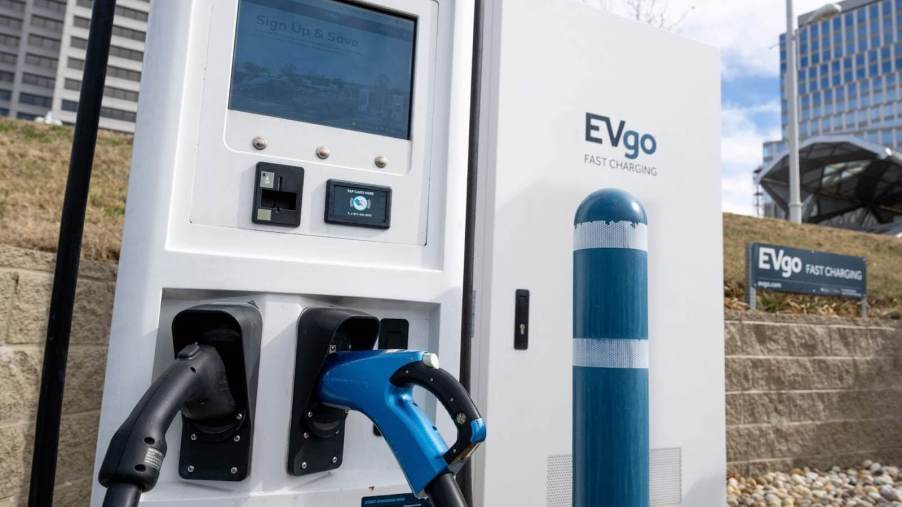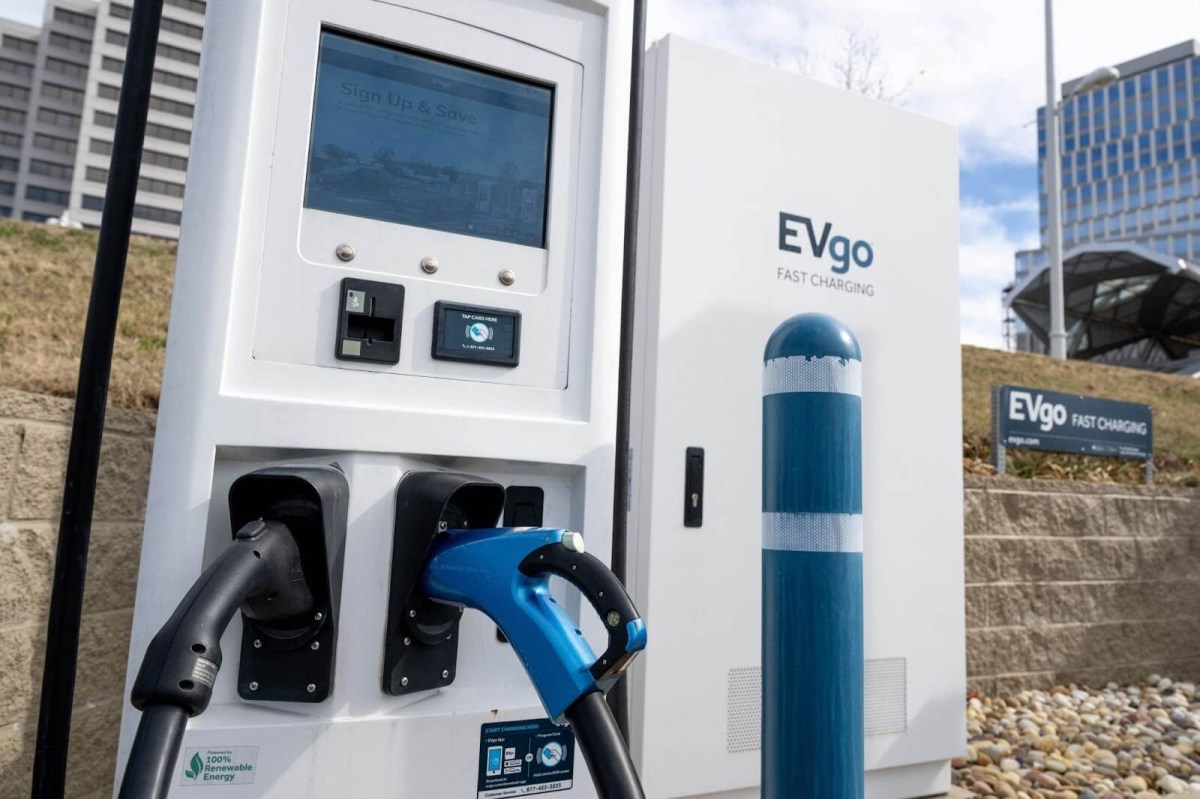
America’s EV Charging Network Is Struggling Under All the Demand
You can hardly turn on a television or open a magazine without facing an ad for some new electric vehicle (EV). As more automakers shift production focus to EVs and Americans grow more comfortable depending on them, EVs and PHEVs will soon outnumber traditional gasoline-powered cars. While many EV owners charge their EVs at home, many drivers rely on public EV charging stations.

The rise of the EV
The EV isn’t a new concept; it’s been around in one form or another for over a century but never gained a foothold over fossil-fuel-powered cars. Gas-powered cars won out partly because the oil industry made it convenient to stop for gas nearly anywhere.
While it’s still more convenient to fill a car’s gas tank than to recharge an EV battery at a public charging station, shifting national priorities opened the door for a new wave of EVs. The Wall Street Journal says EVs accounted for 5.8% of total automobile sales in 2022, with 807,180 units sold, up from 3.2% in 2021. For comparison, the number of cars sold in the U.S. dropped by 8% while EV sales increased.
Tesla’s grip on the U.S. EV market slipped from 72% of sales in 2021 to 65% last year as “legacy car companies roll out more models,” says The Wall Street Journal.
Ford Motor’s EV sales increased to capture 7.6% of U.S. sales in 2022, while Hyundai and Kia combined for 7.1%. General Motors, Volkswagen, and Nissan also lost EV market share in 2022. However, Rivian, an upstart EV pickup truck manufacturer, captured 2.6% of EV sales, going head-to-head with Ford’s F-150 Lightning EV.
America’s EV charging infrastructure is struggling to keep up with the demand.
With additional EVs hitting America’s roadways every day, the nation’s EV charging infrastructure “is failing to support” the increasing demand, says Robb Report. Although Tesla and Electrify America continue building public EV charging stations across the country, demand still outpaces supply.
In addition, a growing number of existing charge points need maintenance leading some users to resort to placing “sticky notes” on pedestals to inform the next user of its status.
America’s EV charging network solution
The solution to America’s EV charging network struggle is more support in the form of federal money. According to Pew, every U.S. state, the District of Columbia, and Puerto Rico has access to $5 billion of federal funds designated to “deploy plug-in charging systems for Americans’ growing fleet of electric vehicles.” $1.5 billion is already available for fiscal years 2022 and 2023, with the remainder released over five years.
The federal government specifically earmarked that money for building charging stations “along highway corridors that cover about 75,000 miles.” The Pew article says, “the goal is to create a convenient, reliable and affordable network” of charging stations at 50-mile intervals within a mile of an exit along those designated highway corridors.
Building new EV charging infrastructure is a significant first step. However, maintaining these new stations and older units across the country may present the tallest hurdle.



